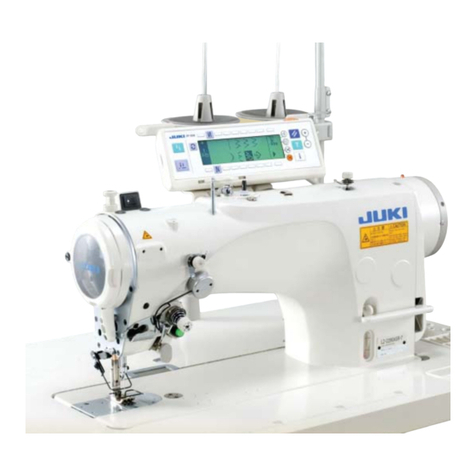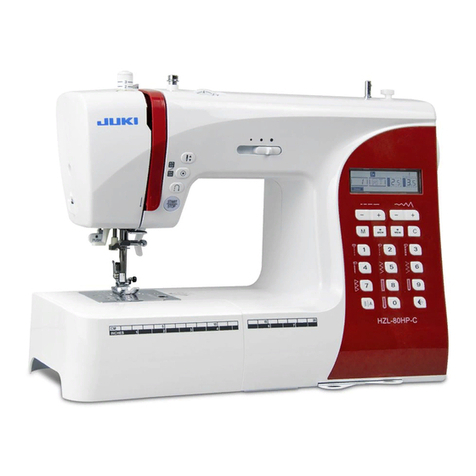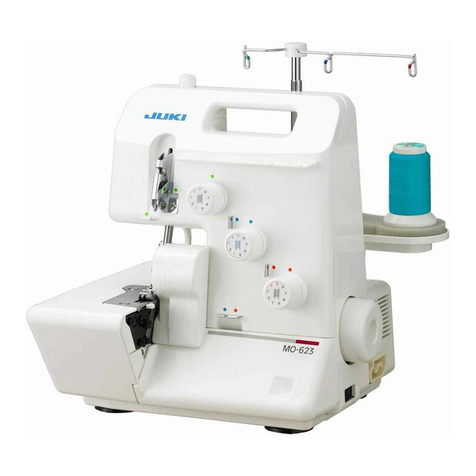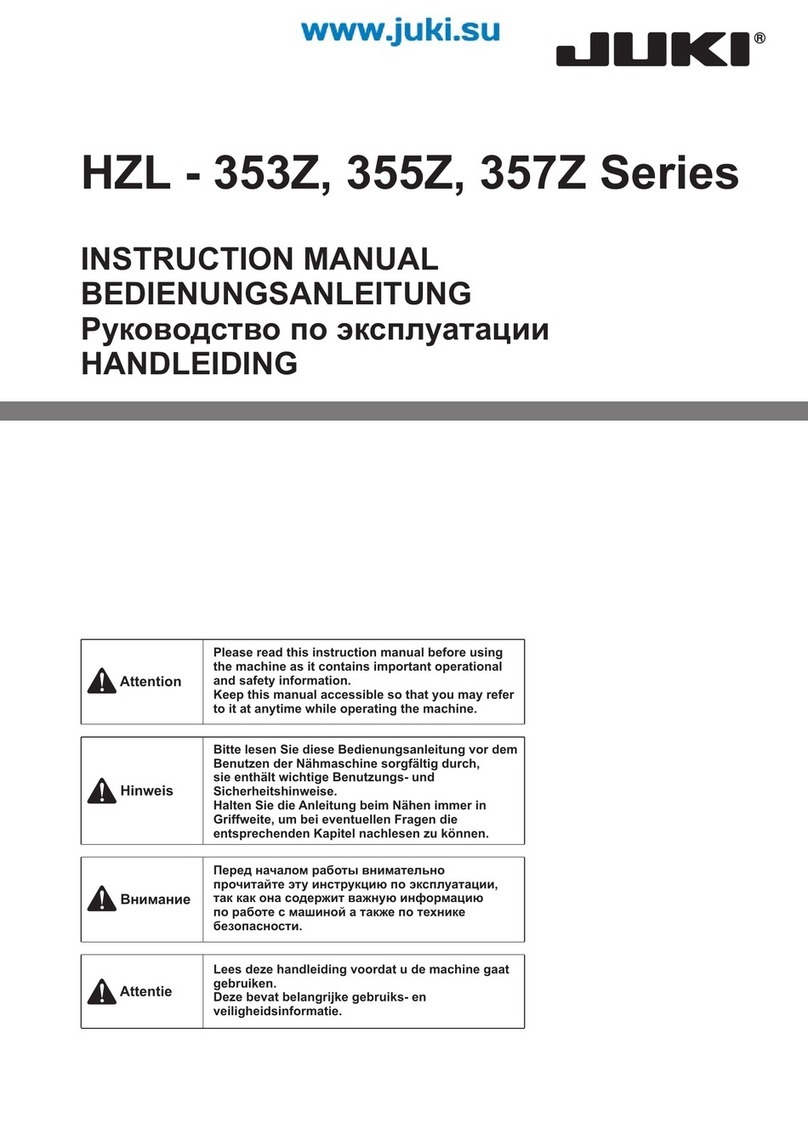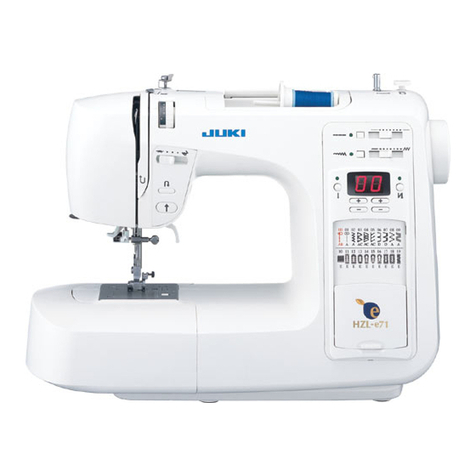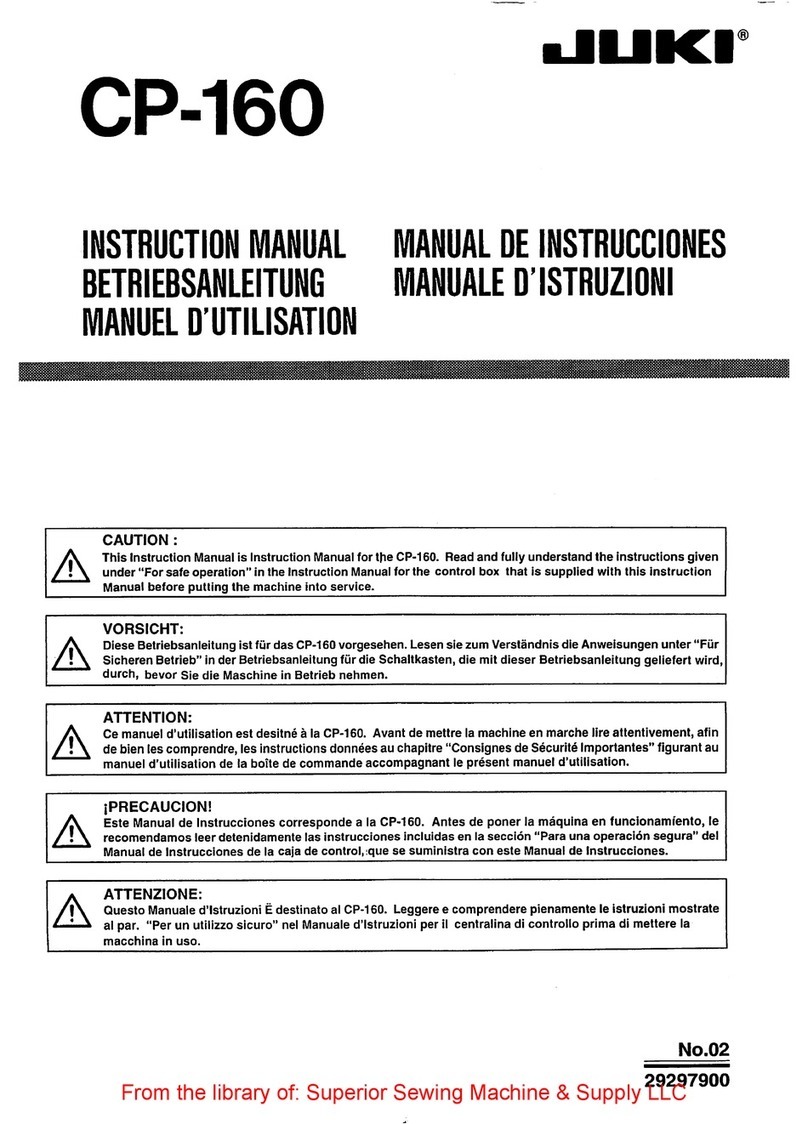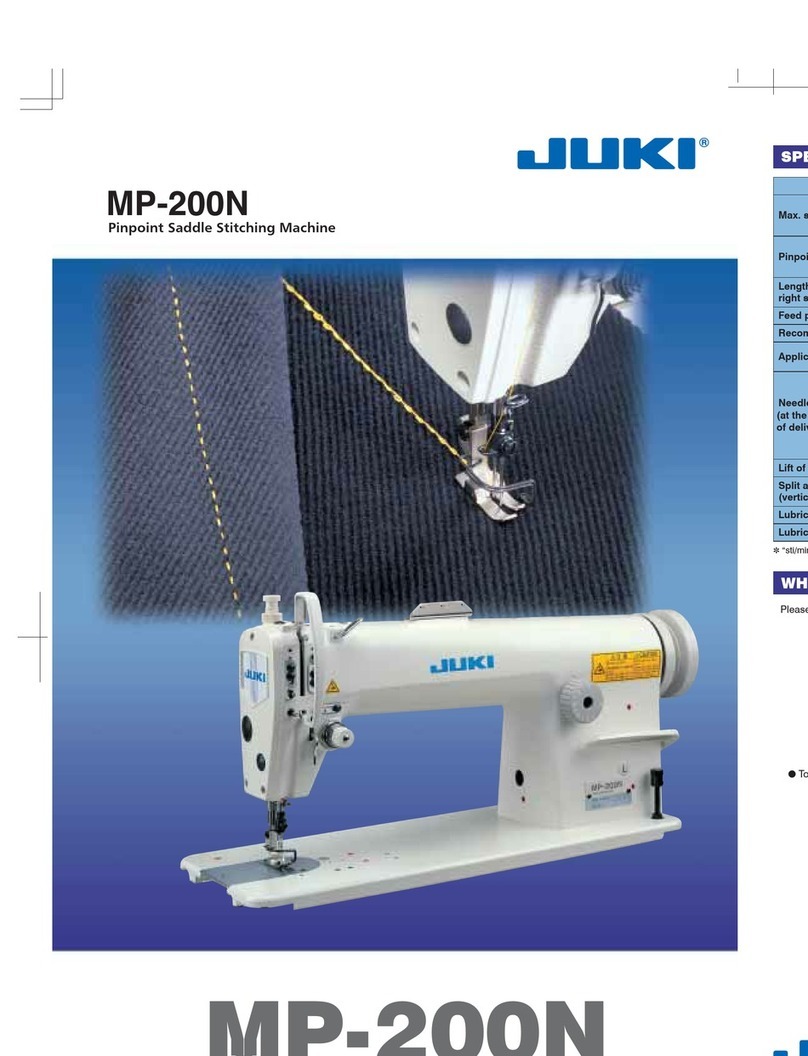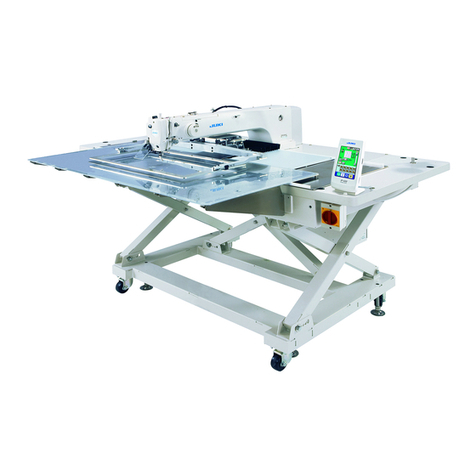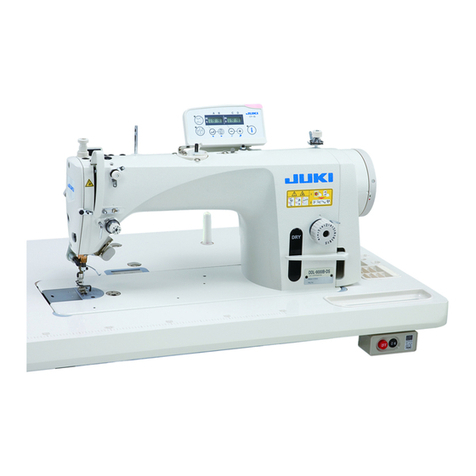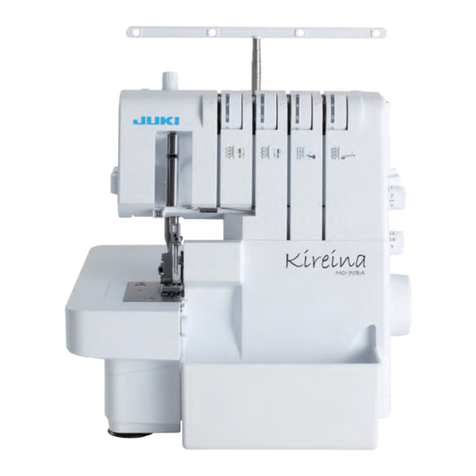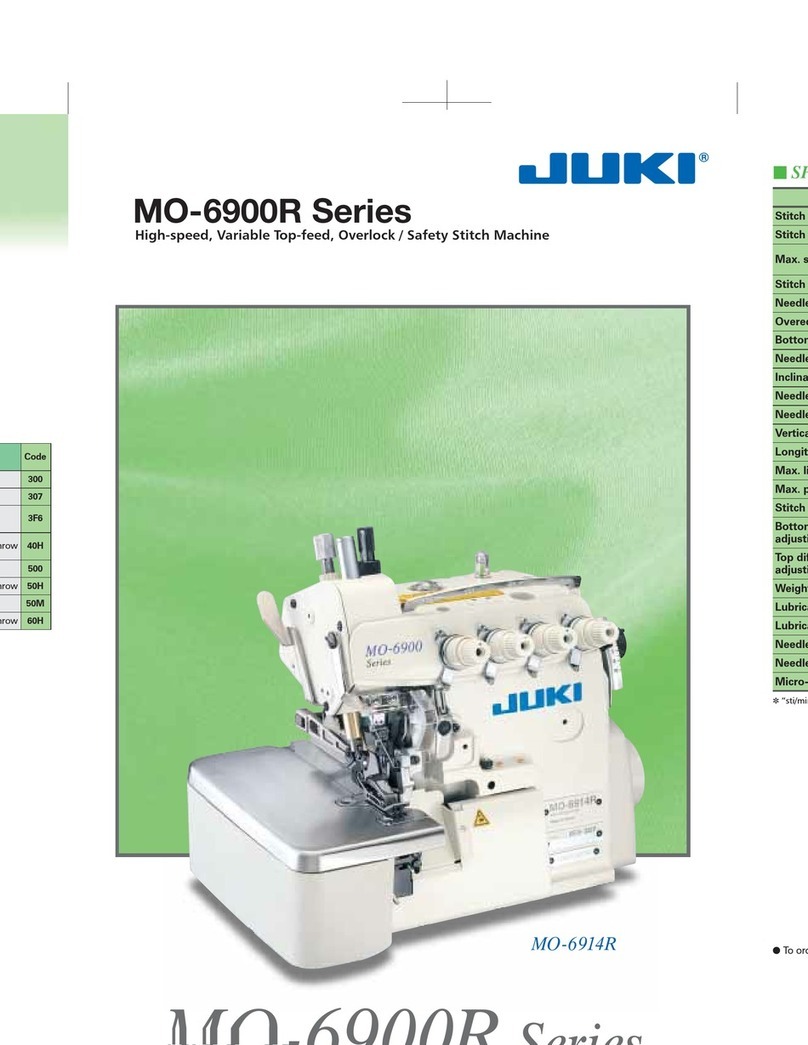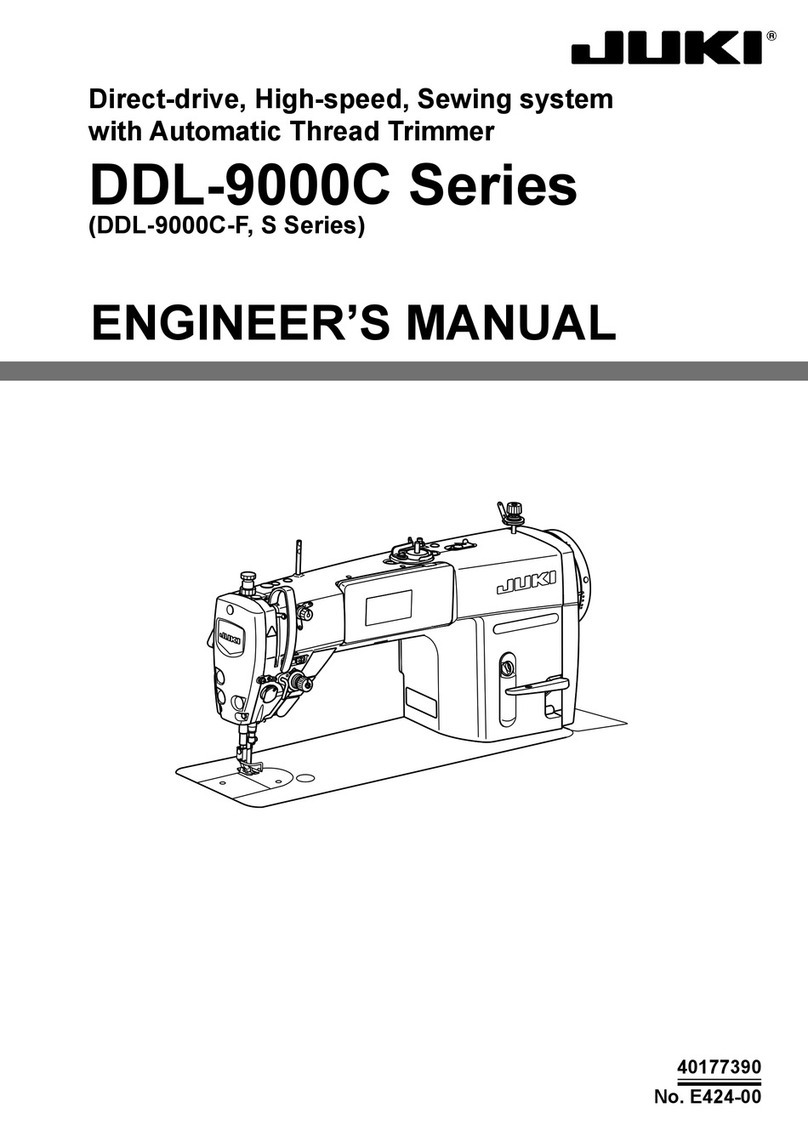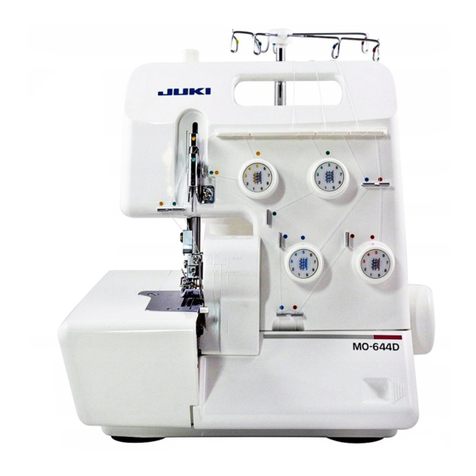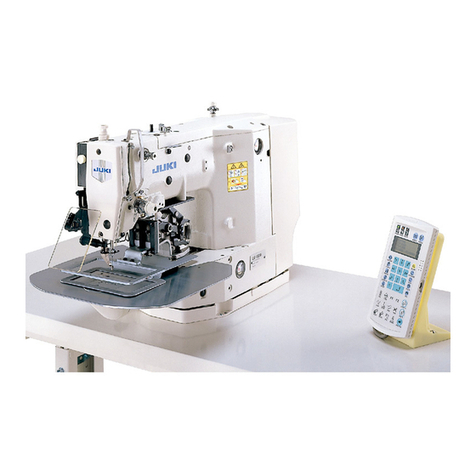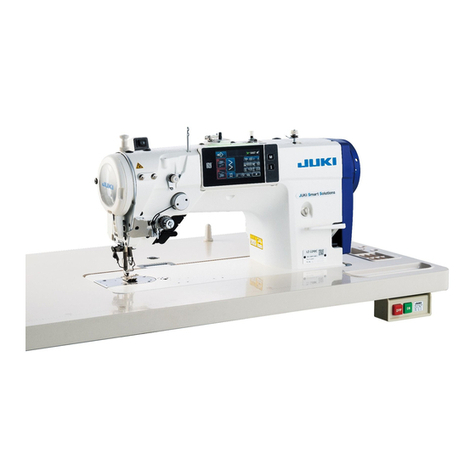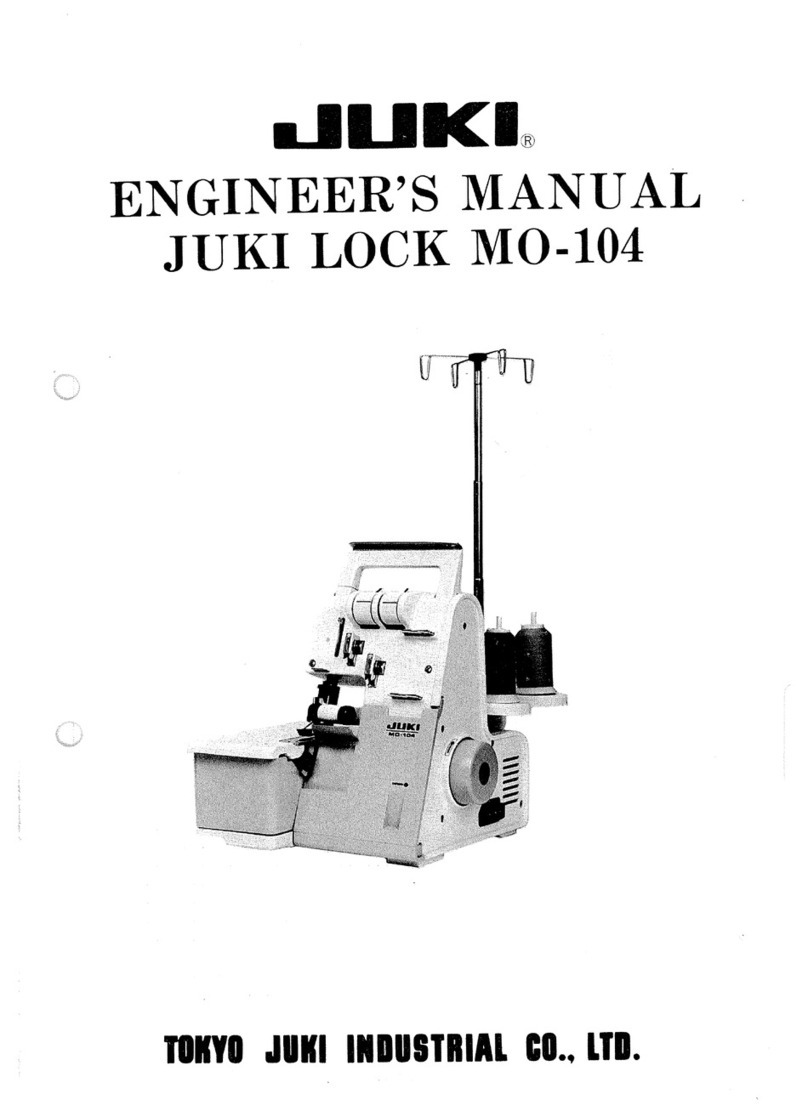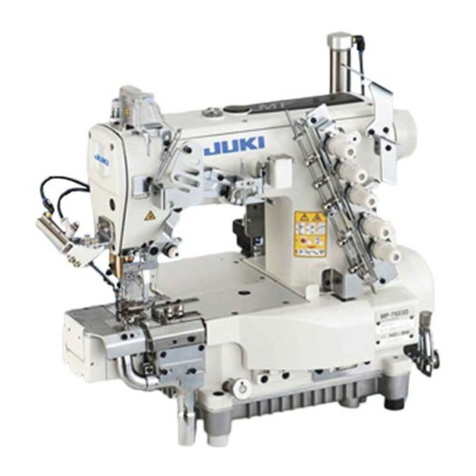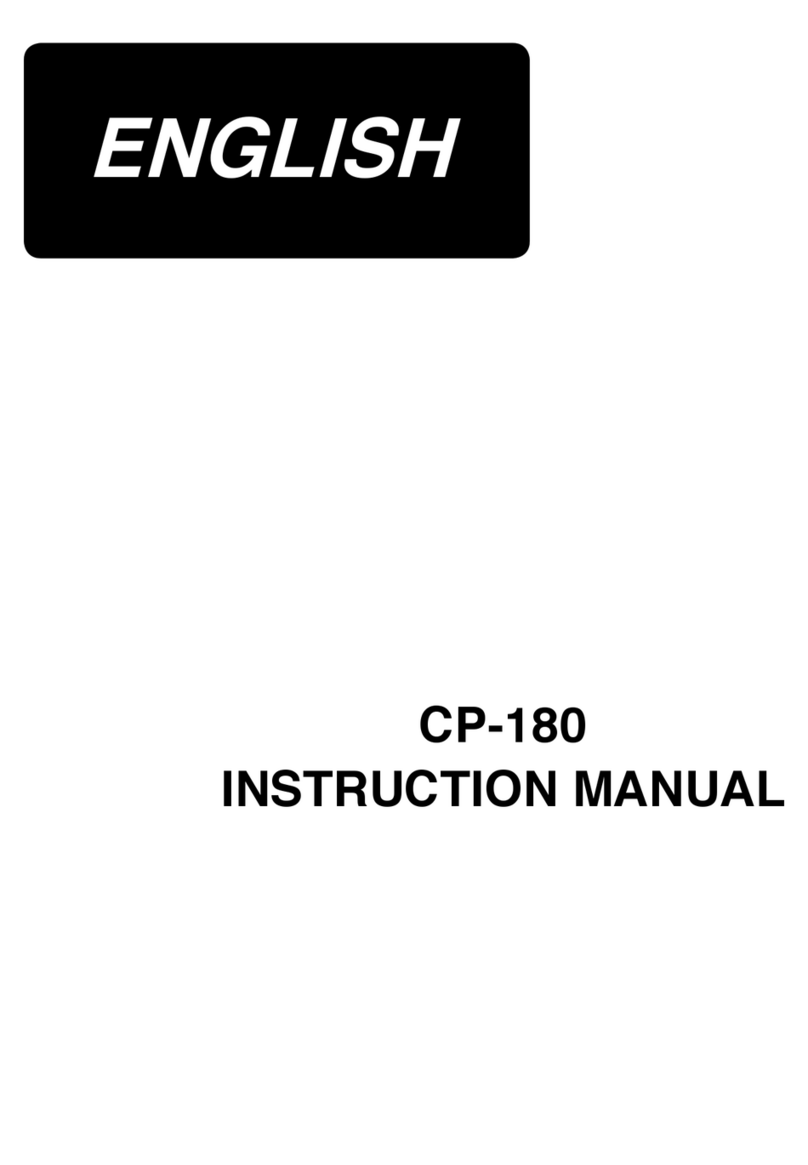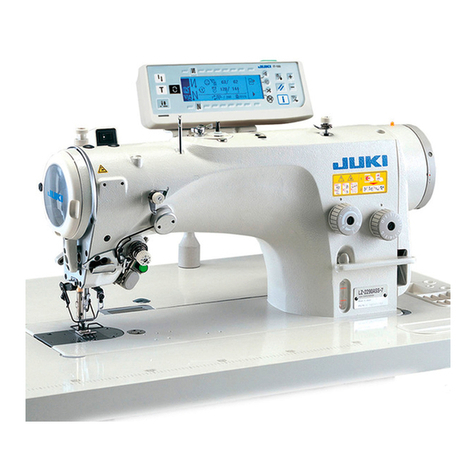
Be sure to observe the following to protect against a re, electrical shock, injury or damaged components.
* Be sure to unplug the machine before disassembly, assembly or adjustment of the machine.
* Be sure to carefully prevent electric cords from being caught, coated surfaces from being damaged as well
as wrong wiring during assembly.
* Be sure to use the proper genuine parts when changing any of the machine parts.
CAUTION:
CONTENTS
[1] Specications of HZL-X Series ............................................................................1
[2] Search by trouble (related to mechanical components) ...................................3
[3] Principal parts .......................................................................................................4
[4] Disassembling the machine covers ....................................................................5
[5] PCB connection diagram .....................................................................................9
[6] Adjustment ..........................................................................................................13
6-1 Adjusting the needle bar height ................................................................13
6-2 Adjusting the needle entry point ...............................................................14
6-3 Feed dog height ..........................................................................................14
6-4 Timing belt ...................................................................................................15
6-5 Feed timing ..................................................................................................15
6-6 Timing between the needle and the hook .................................................16
6-7 Clearance between the needle and the blade point of hook ...................17
6-8 Position of the hook rotation stopper plate .............................................18
6-9 Adjusting the bobbin thread tension ........................................................18
6-10 Adjusting the disk opening amount ........................................................19
6-10-1 Adjusting the thread tension release adjusting plate ................................19
6-10-2 Pretension disk opening amount .................................................................19
6-10-3 Tension disk opening amount ......................................................................20
6-10-4 Base tension opening amount .....................................................................20
6-11 Adjusting the needle thread tension .......................................................21
6-12 Vertical position of the needle threading hook ......................................22
6-13 Adjusting the auxiliary hook height ........................................................23
6-14 Adjusting the opening amount of auxiliary hook ...................................24
6-15 Adjusting the presser bar height .............................................................24
6-16 Motor belt ...................................................................................................25
6-17 Automatic thread trimming ......................................................................26
6-17-1 Lateral position of the thread trimming mechanism base .........................26
6-17-2 Phase of the catching unit driving cam .......................................................27
6-17-3 Replacing the thread trimming blade ..........................................................28
6-18 Longitudinal feed ......................................................................................29
6-19 Knee lifting wire ........................................................................................30
6-20 Automatic presser foot lifting ..................................................................31
6-20-1 Auto-lifter cam lever ......................................................................................31
6-20-2 Presser-lifter position sensor .......................................................................32
6-20-3 Adjusting the height of the presser foot when it is lifted ...........................33
6-21 Straight stitch slide plate .........................................................................35
6-21-1 Adjusting the position of the straight stitch slide plate .............................35
6-21-2 Straight stitch slide plate sensor PCB .........................................................36
6-22 Service mode .............................................................................................37
6-22-1 Service mode screen .....................................................................................37
6-22-2 Service-mode items and descriptions .........................................................37
